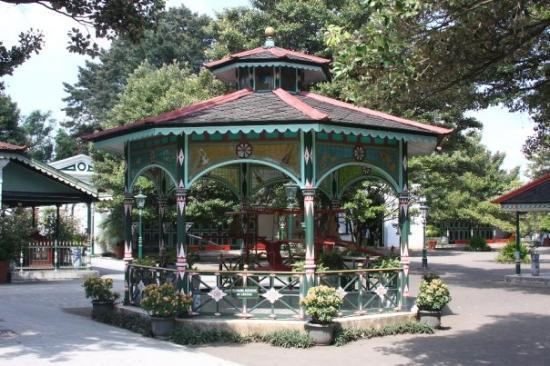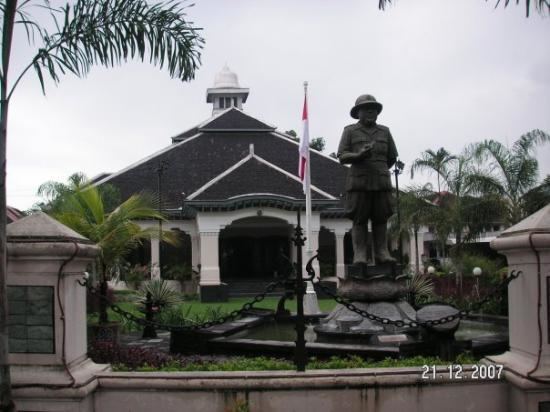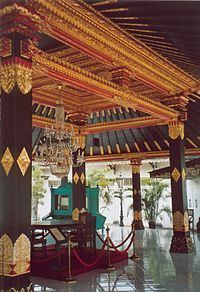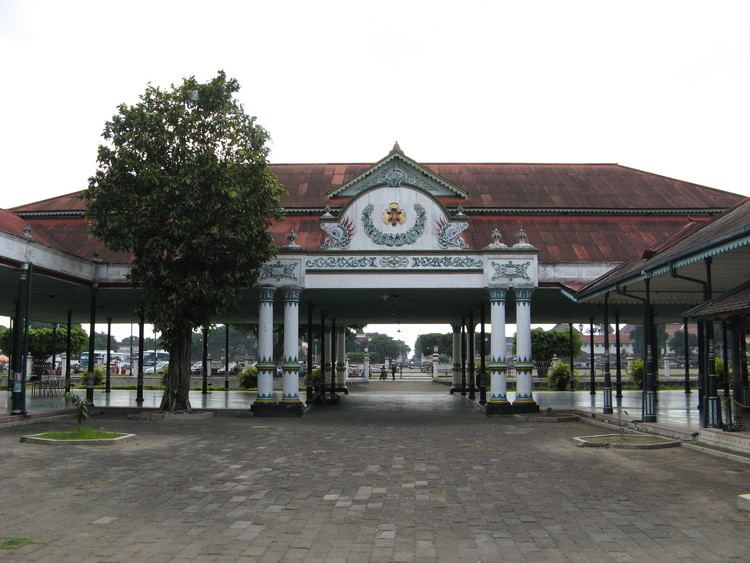 | ||
Kraton or Keraton is the Javanese word for a royal palace. Its name is derived from ka-ratu-an which means the residence of ratu. Ratu is the traditional honorific title to refer the "ruler" (king or queen). In Java, the palace of a prince is called puro or dalem. The general word to designate a palace is istana, as in Indonesian and Malay.
Contents
Specific palaces
Kraton that function as the residence of a royal family include:
Historical palaces
The locations of former kraton has been determined by historical records or archaeological efforts. Former kraton include:

In Banten region there are remnants of the Sultanate of Banten's palaces:
In Surakarta and Yogyakarta region, there is the remnants of Sultanate of Mataram palaces:

Metonymic use
The term kraton 'palace' is also used as a way to refer to the court which it houses.

This is especially the case for native Indonesian states where the succession is disputed, giving issue to two or more branches of the dynasty, or even rivaling dynasties, each setting up an alternative court, while competing for the same state, but generally only controlling part of it.
An example is the West-Javan state of Cirebon, which was founded in 1478 and since 1662 was ruled from three Kraton (palaces):

